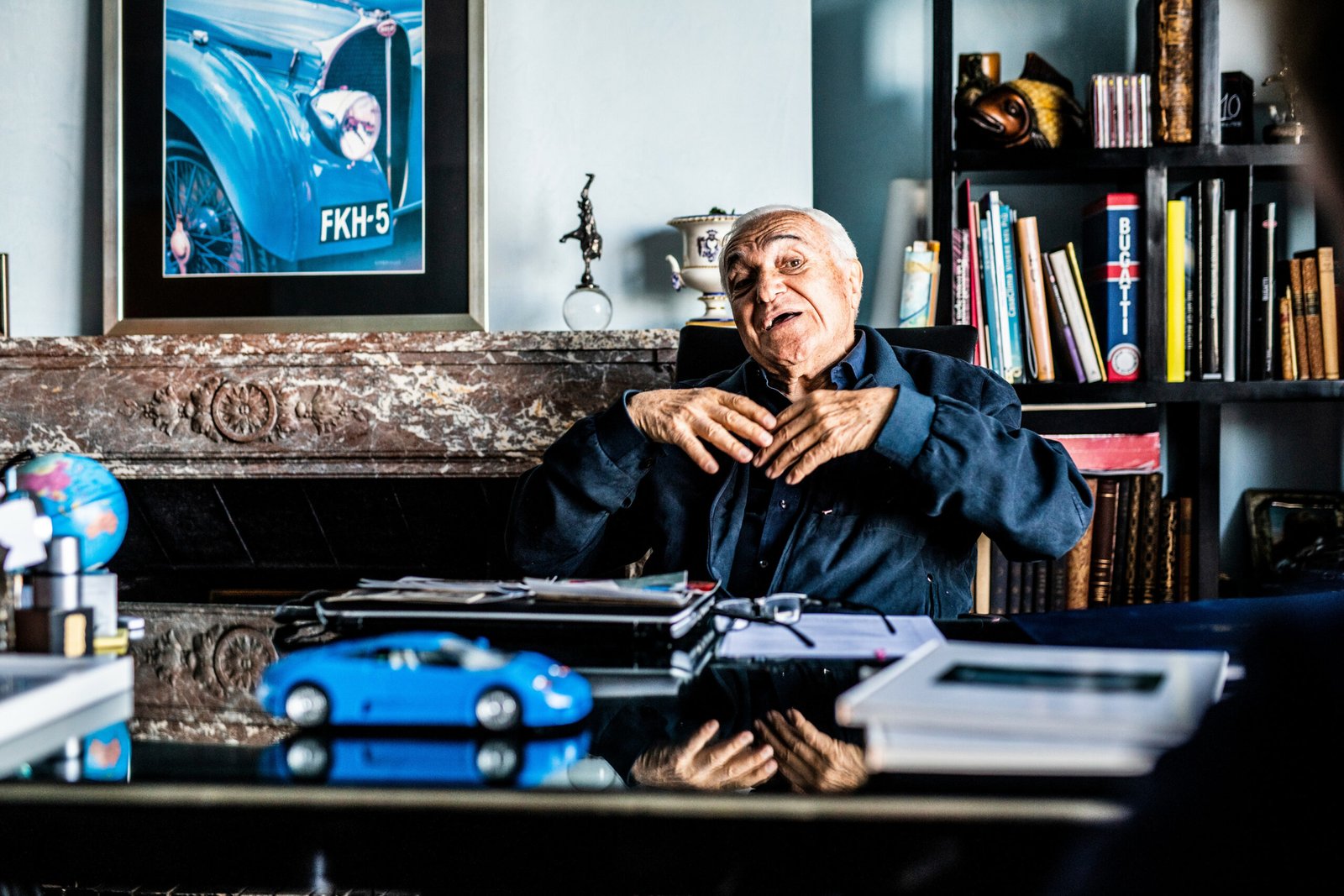In 1952, a young 20-year-old Italian technician watched in amazement as Bugatti tragically ceased production in Molsheim, France. Three decades later, at the age of 59, the now successful entrepreneur laid the foundation for the modern Bugatti brand. That man was Romano Artioli, who turns 90 today.
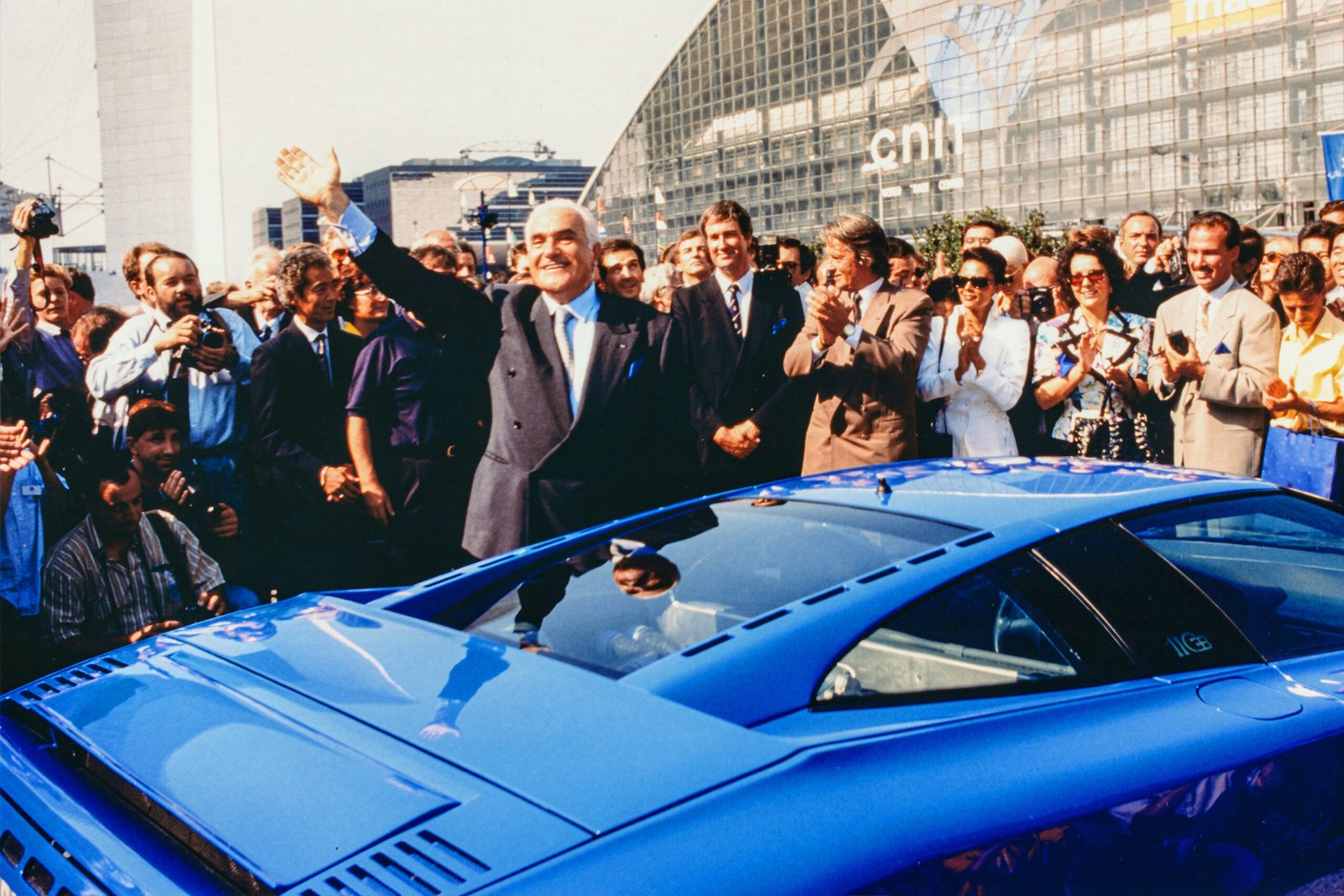
Romano Artioli has always been destined to play his role in the automotive industry. Even as a child, he was so fascinated by a book about the basic driving license that he read it cover to cover over and over again. He studied mechanical engineering and repaired cars before eventually starting a retail and car import business. By the mid-1980s, the business was so successful that Romano was able to enter into negotiations with the French government to buy the Bugatti brand. In 1987 his dream became a reality.
Just as he is still the beating heart of Bugatti today, Romano recognized the importance of Molsheim as the emblematic home of the brand. But he also quickly realized that the engineers and designers he needed to create something incomparable were no longer in the area. The rebirth of Bugatti should be marked by a car that stays true to the ethos of the company’s founder: “It’s no longer a Bugatti by comparison.” So Romano needed the most brilliant engineers, the most advanced technical minds, the best equipment and the most forward-thinking designers – he was able to find many of them in Modena, Italy.
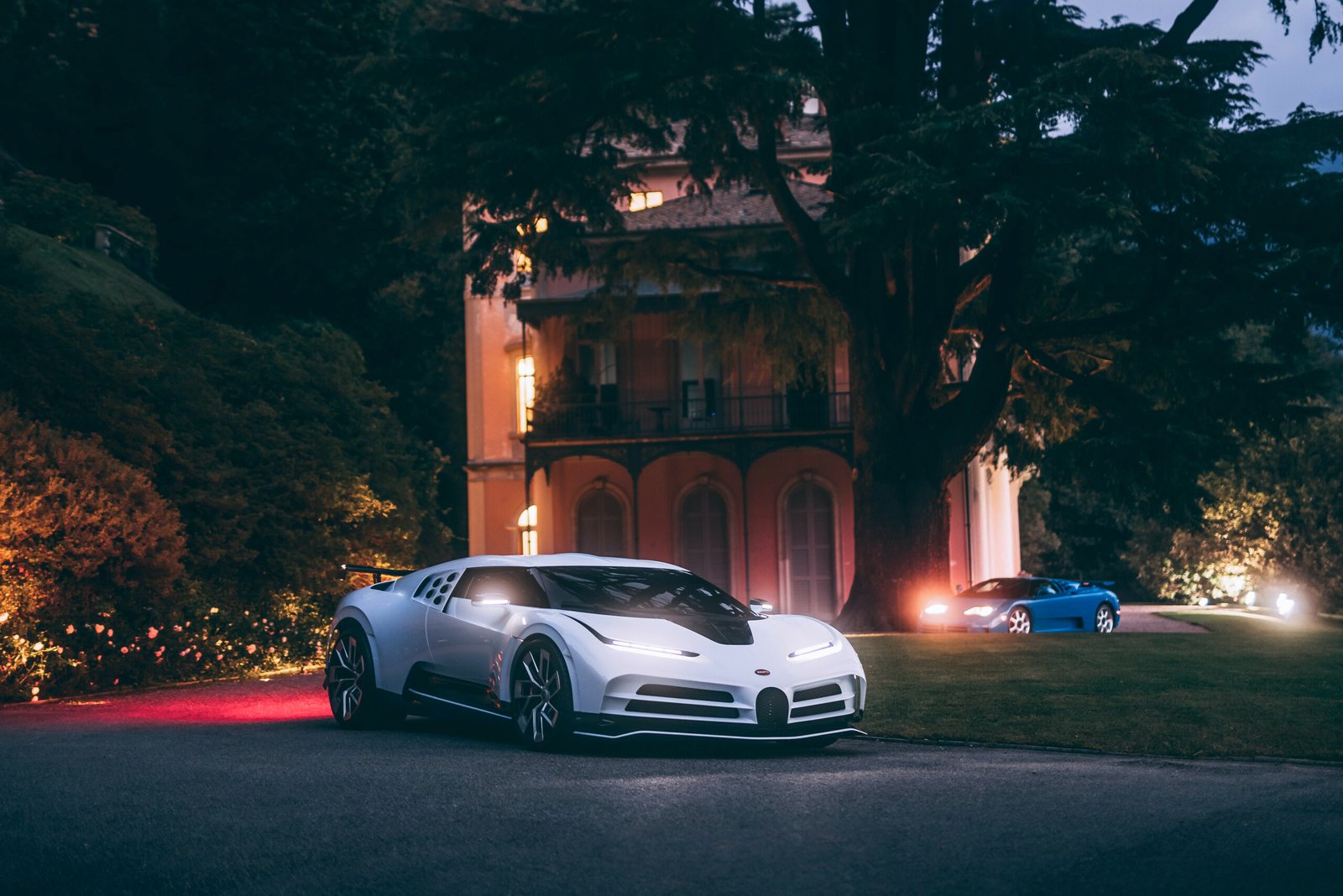
In the years that accompanied from the overdue 1980s, the world’s maximum cutting-edge automobile manufacturing plant turned into constructed with extensive making plans on a website masking 240,000 rectangular meters withinside the region of Ferrari, Maserati, De Tomaso and Lamborghini. The base included an administrative building, layout studio, engine and take a look at improvement area, manufacturing halls, take a look at track, a fashionable canteen and an exhibition space.
The centers themselves had been very impressive, however Romano knew that the feel of own circle of relatives and network had constantly been important to the achievement of Bugatti. He installed a close-knit group of people, led through a number of the best engineers and architects in their generation. It turned into a group that he couldn’t have pulled collectively in Molsheim, however he desired to duplicate the tremendous feel of satisfaction and network that Ettore Bugatti had installed as ‘Le Patron’ in France.
The brilliant minds of Nicola Materazzi, Marcello Gandini, Giampaolo Benedini and of course Romano Artioli created the EB110, the best and fastest supercar in the world. The EB110 featured the first production carbon fiber chassis, all-wheel drive, four turbochargers and a 3.5-litre, five-valve-per-cylinder V12 engine rated at 560 hp. It was just like nothing else on the road.
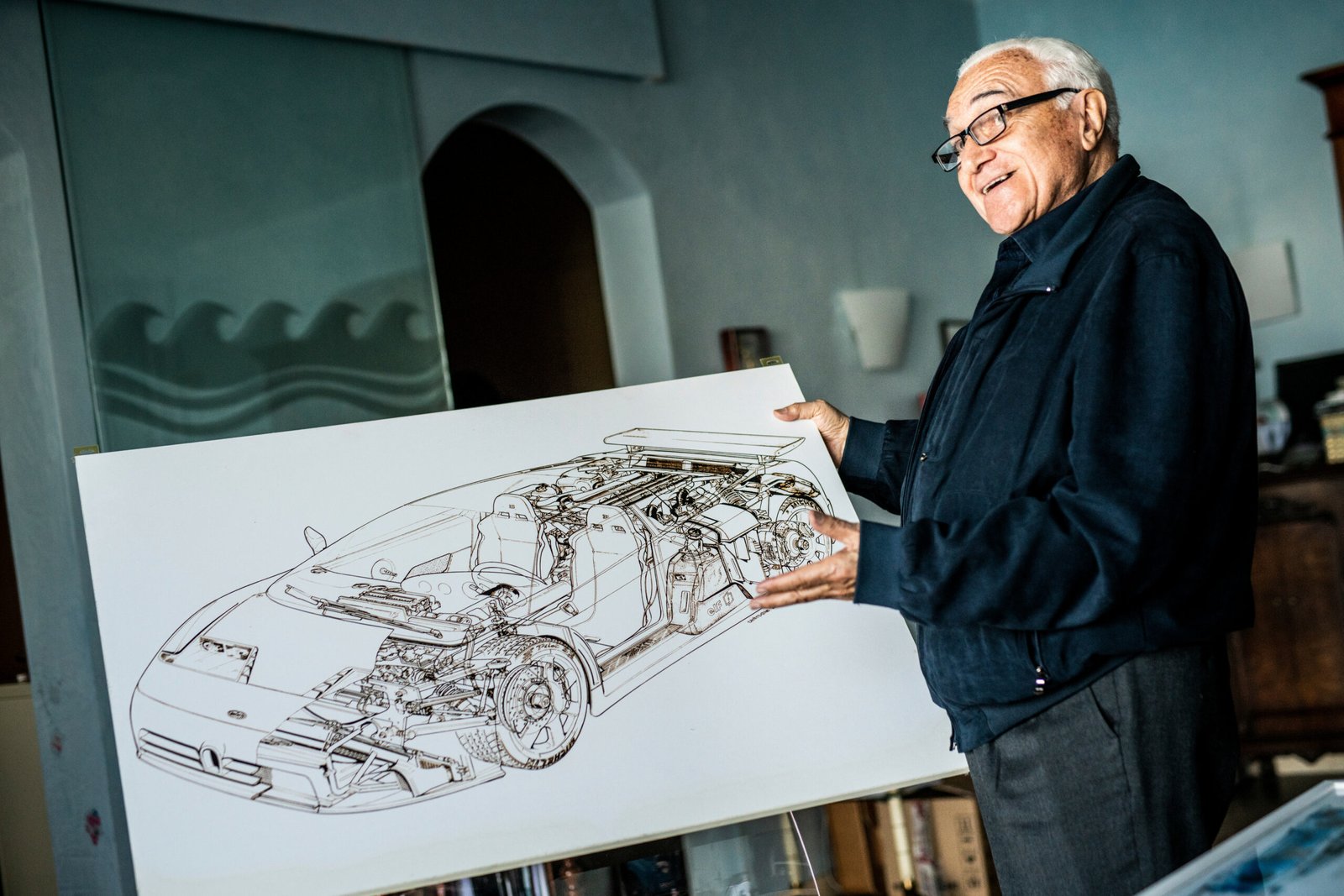
Presented to Ettore Bugatti on his 110th birthday, it was a real revelation. In fact, the design was so forward-thinking that some commentators were initially unsure about the EB110’s handling and proportions. But the EB110 has caught on both in the design world and throughout the global automotive industry.
“Romano Artioli loves the Bugatti brand, but more than that he understands it intimately. When he bought Bugatti, he knew that simply building a car that copied the rest of the industry was not truly in the spirit of the founder. While everyone else was creating racing cars for the road, his idea was to pursue the creation of the ultimate GT. And to do it with technologies never before seen in a road car and with a timelessly elegant design. It was, in every sense, a true Bugatti,” said Achim Anscheidt, Bugatti Design Director.
This made the EB110 instantly appealing to fans regardless of their background. The car was an automotive icon. It became the dream of young children who dared to hope and the wish of connoisseurs who wanted to be part of the new Bugatti legacy. Perhaps the biggest fan of the EB110 at the time was Michael Schumacher, who bought his yellow EB110 SS in 1994.
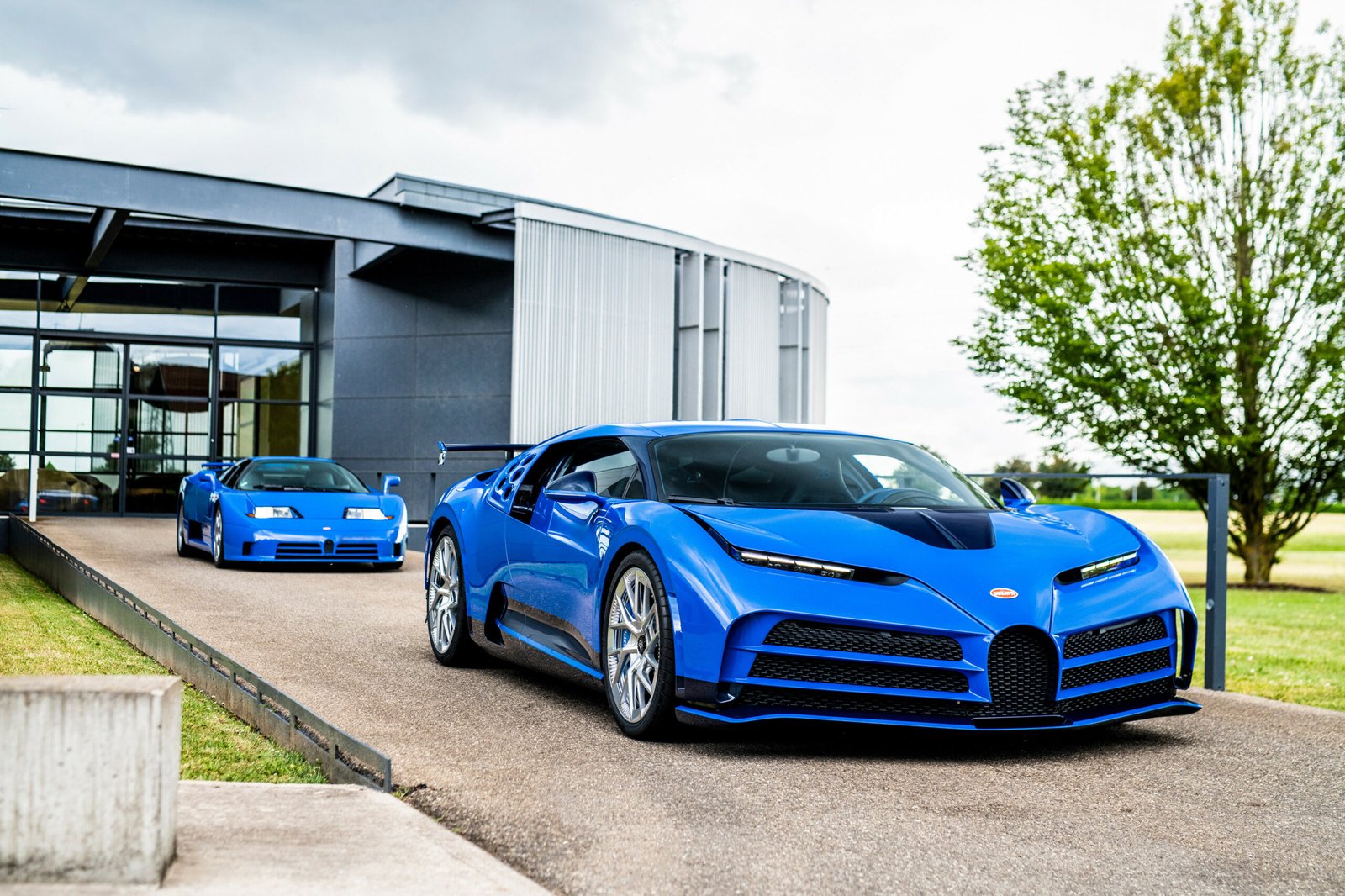
Although Romano was touted as a truly futuristic automotive creation, Romano’s wondrous performance could not keep up with the severe global economic downturn ahead. Despite its many fans and undeniable size, the EB110, like so much else at the time, suffered greatly from abrupt and painful rejection. On September 23, 1995, Romano filed for bankruptcy.
The EB110 later served as the inspiration for a brand new limited edition Bugatti model: the Centodieci¹. Introduced in 2019, the design team has reinterpreted this iconic moment in Bugatti history for the modern era; Romano, the brand’s second patron, not only spearheaded the revival of the Bugatti brand, but also designed the world’s first hypercar: the EB110. Just ten examples of this exclusive EB110-inspired Bugatti Centodieci were hand-assembled in the Molsheim workshop and the last example will soon be delivered to the owner.
The sense of family and community that Romano has so carefully built into his business has never faded. During the research phase of the Bugatti Centodieci, a visual homage to the EB110, the Bugatti team spoke to several of the car’s original creators, many of whom recalled the experience with tears in their eyes. At Fabbrica Blu, tools still stand on workbenches and calendars hang on the walls; The idea that people would leave this place for the very last time did not cross their minds, such was their belief in the company and the vision.
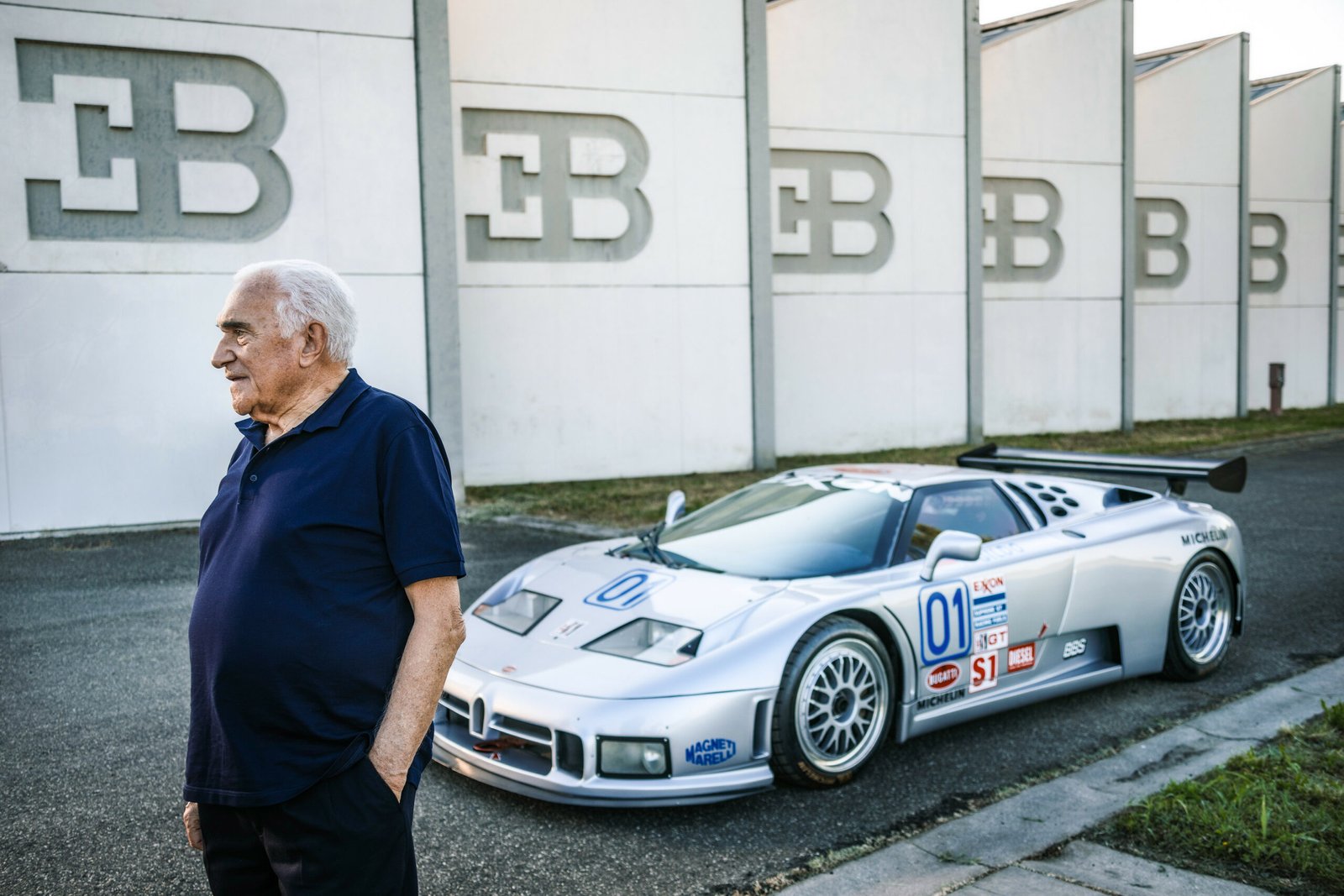
“We at Bugatti today have much to thank Romano for. He is such a warm-hearted man with a great passion for our brand. Out of his generosity in reviving Bugatti in the ‘80s and defining a vision for it in the modern day, he laid the foundations for the creation of Veyron and the character of Bugatti today,” continued Achim Anscheidt, Bugatti Design Director.
Today, the enduring greatness of Romano Artioli’s EB110 is clearly visible. His offspring are very popular and coveted all over the world and constantly set price records at the most prestigious auctions in the world. In Gooding & At the company’s Pebble Beach auction, the EB110 Super Sport sold for a record $3.16 million.

